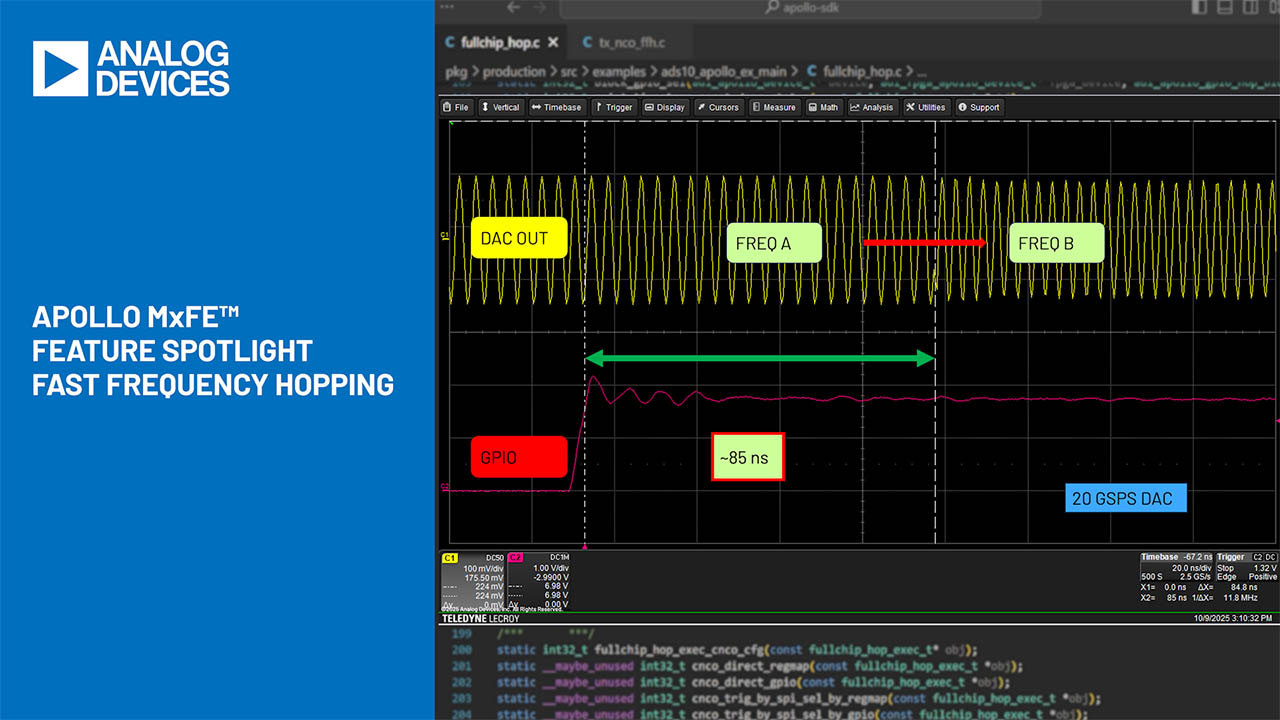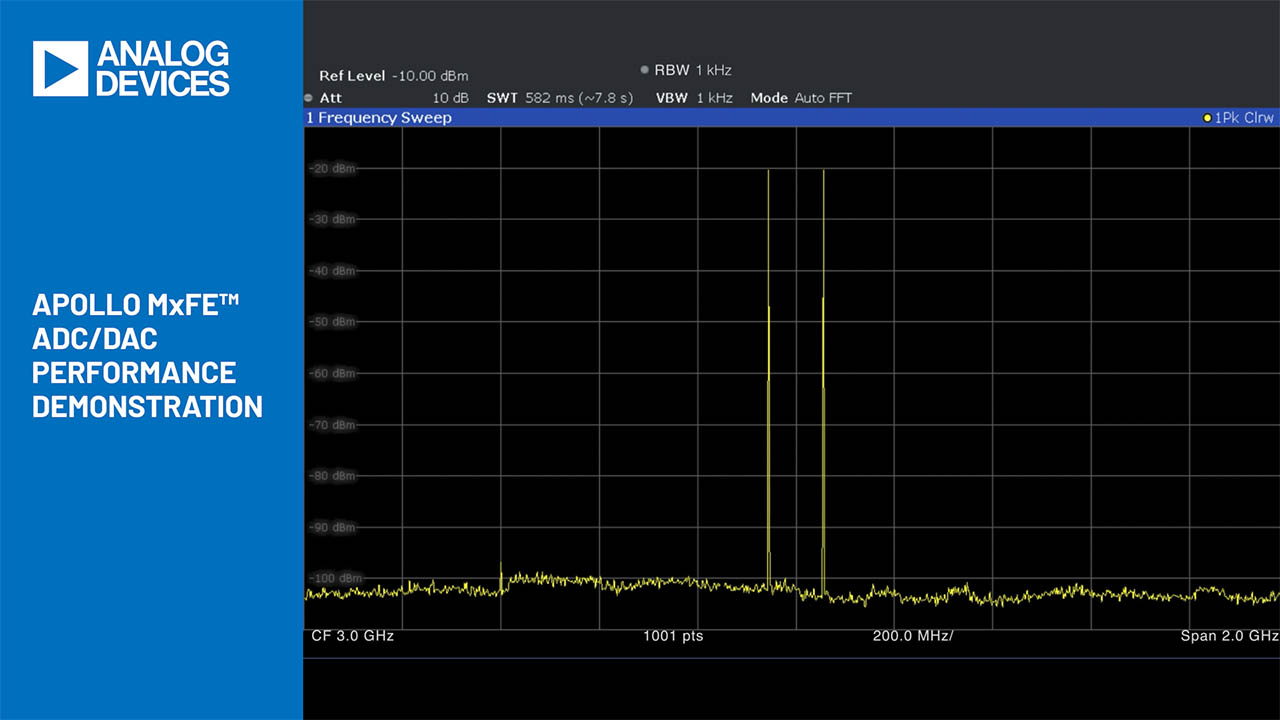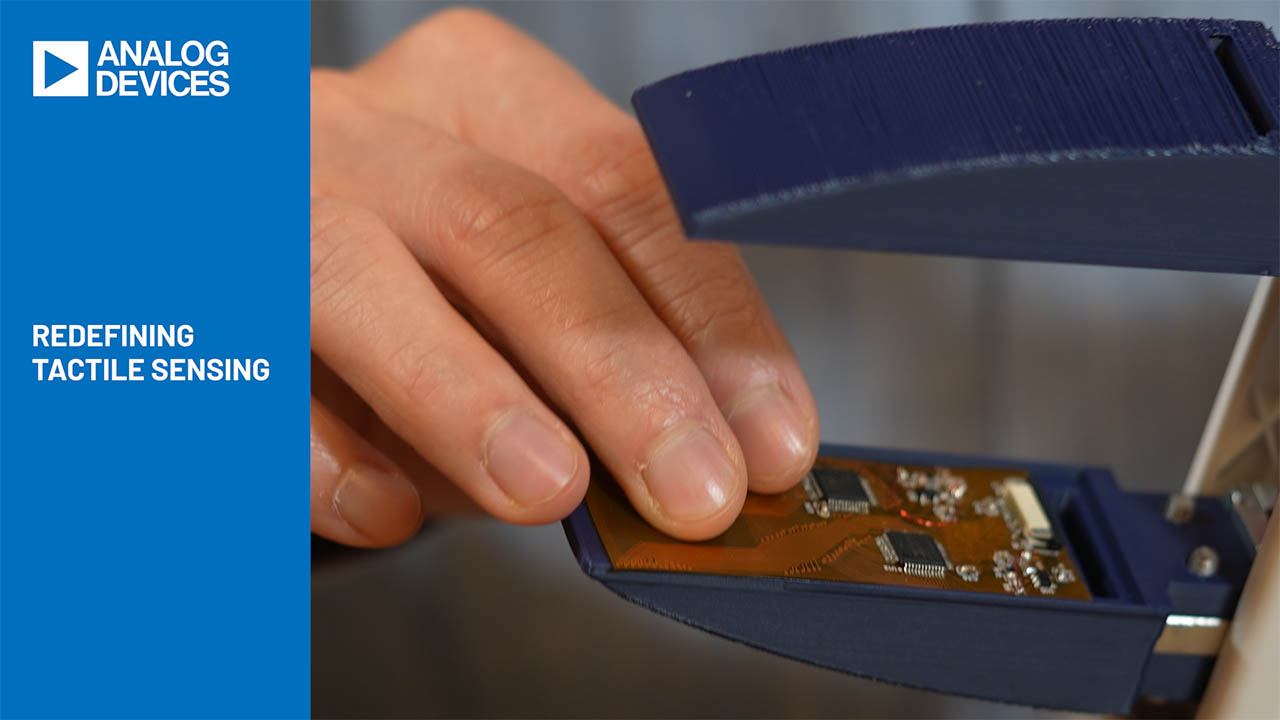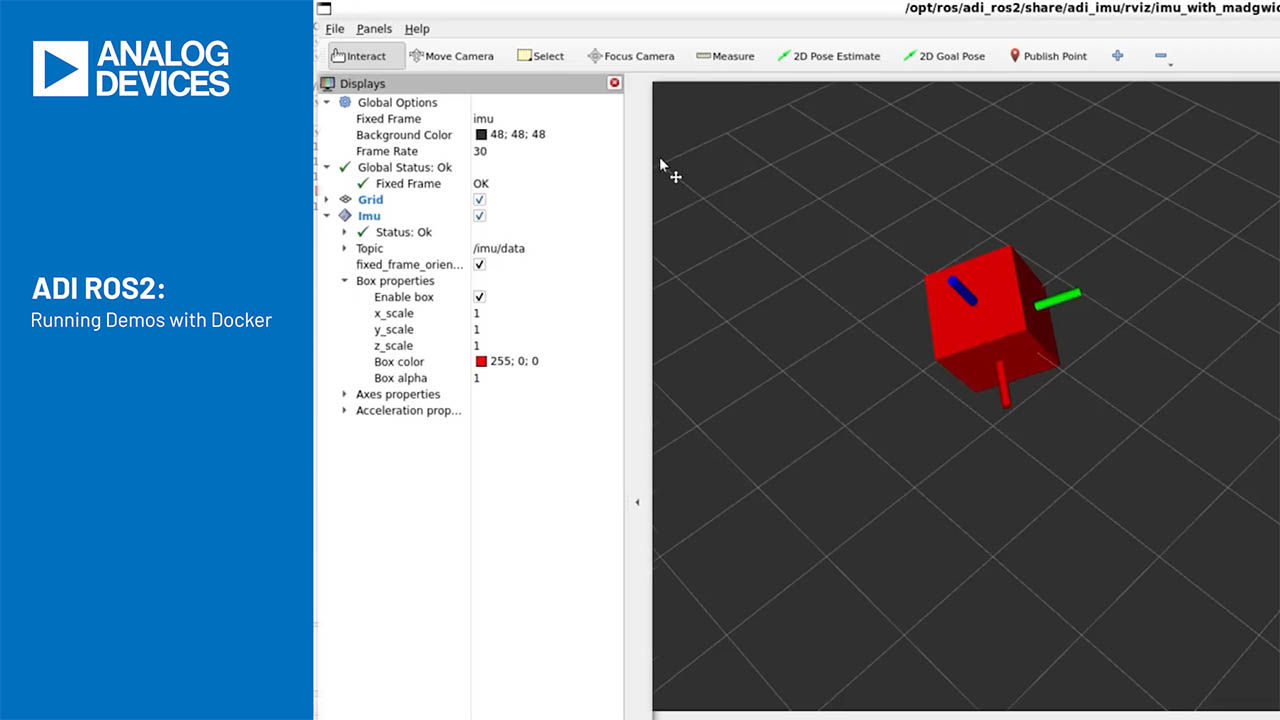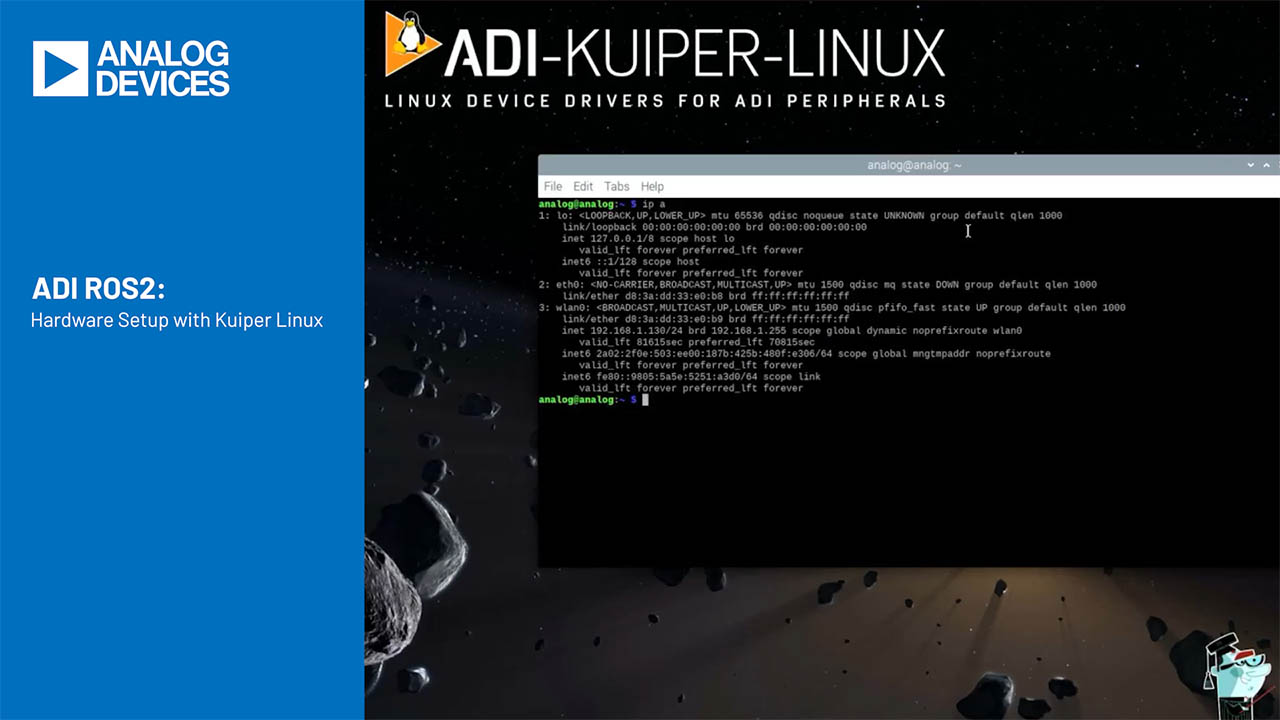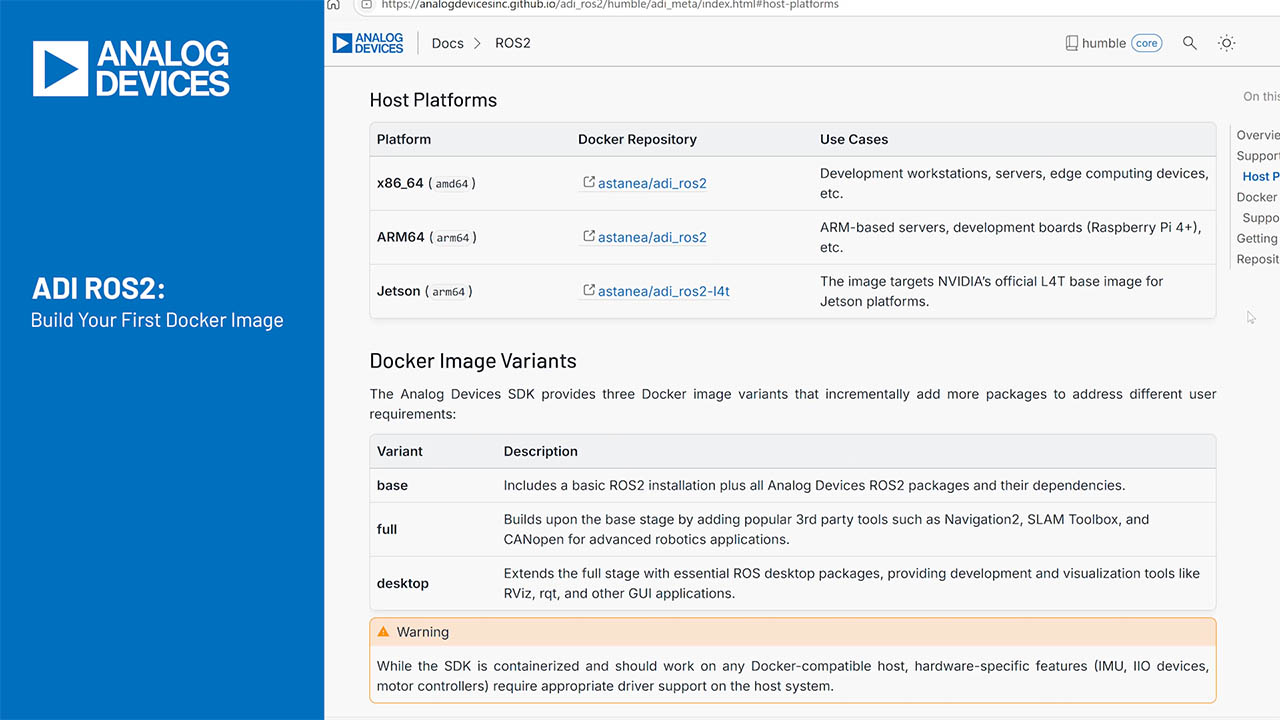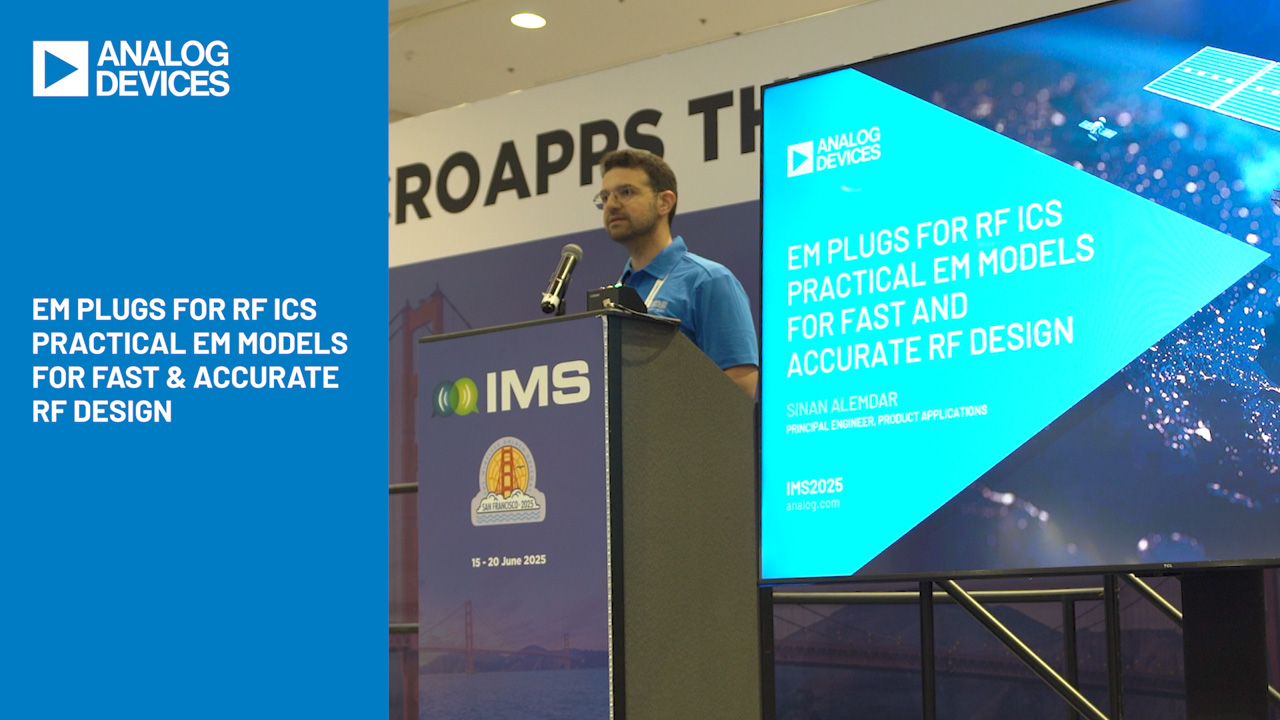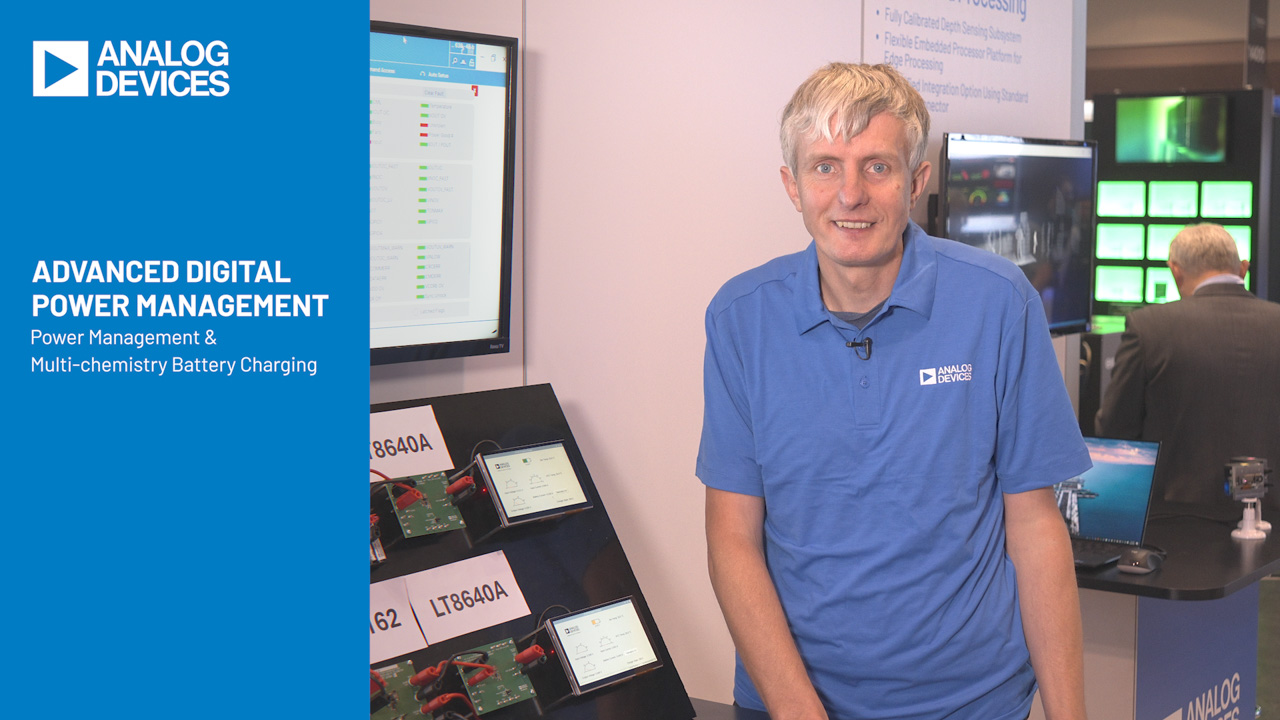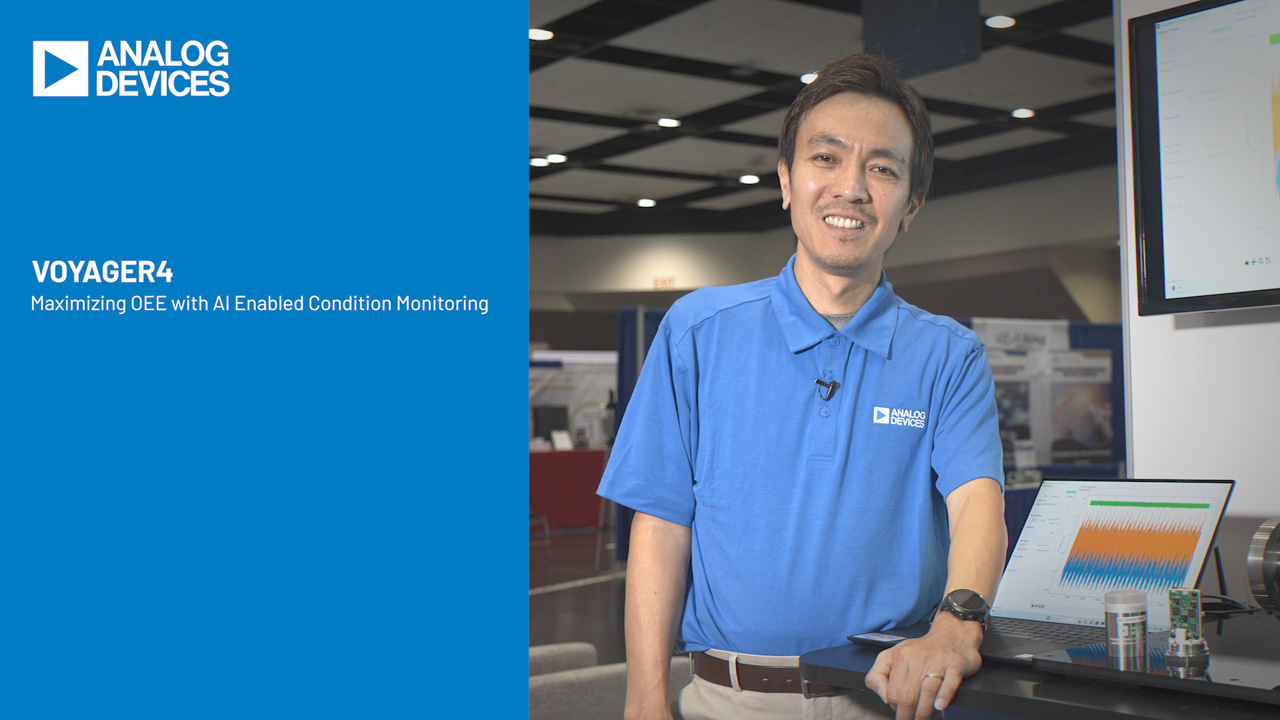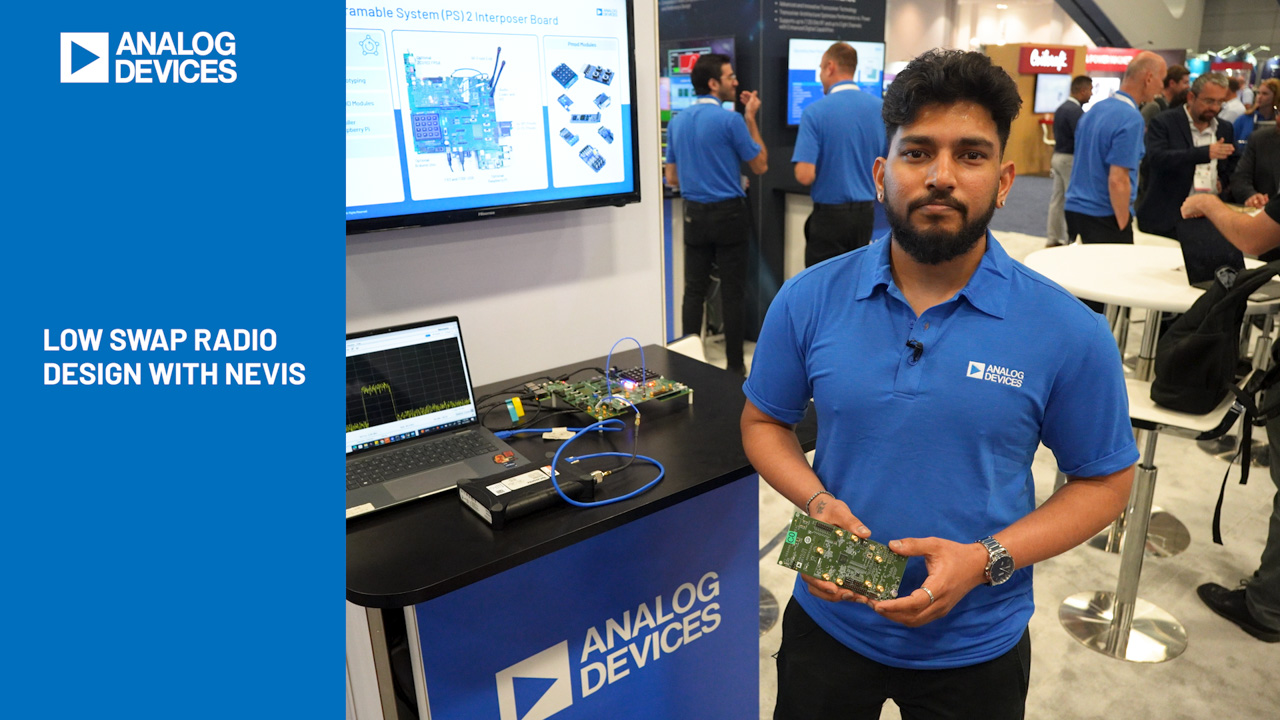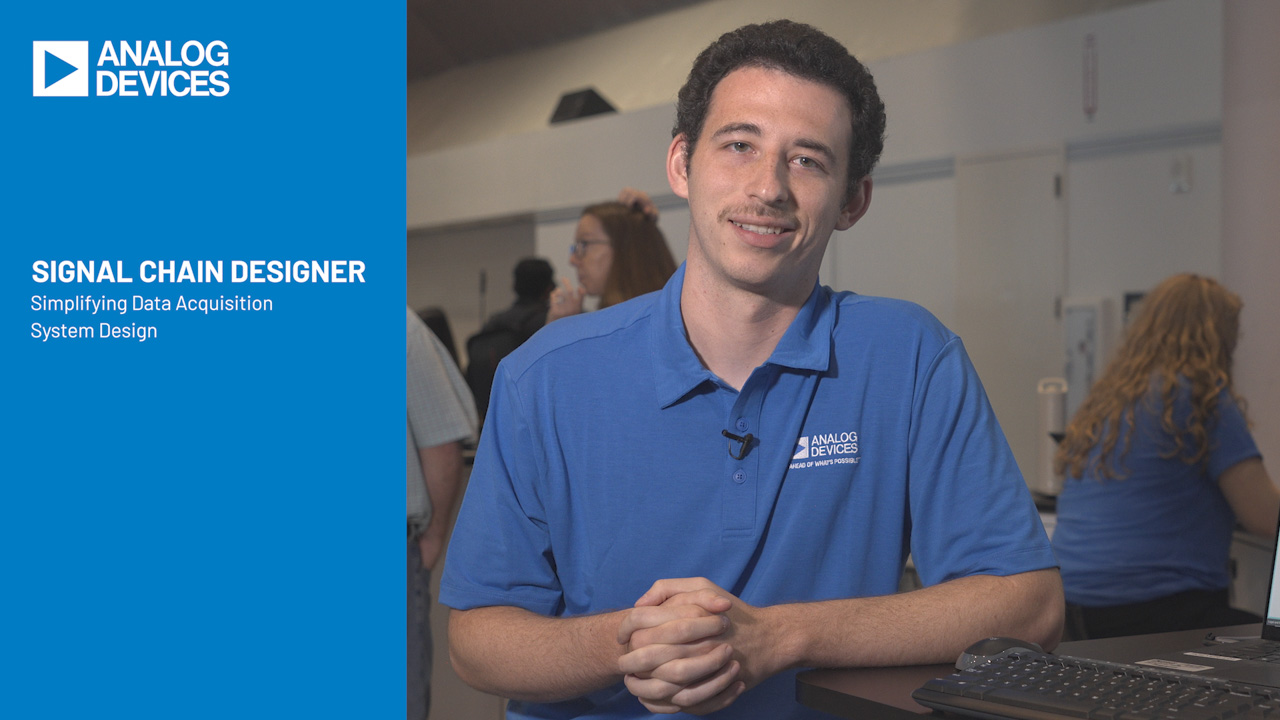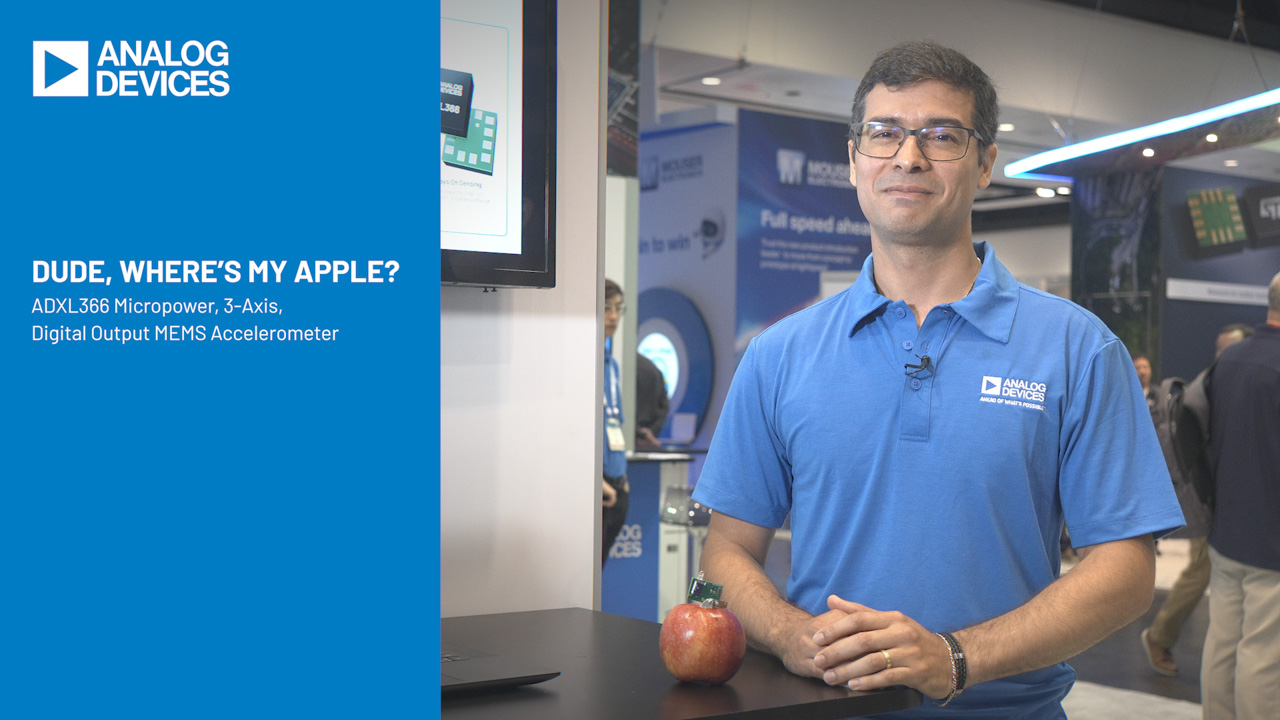摘要
Most mobile, fitness, and portable electronics are powered by lithium-ion (rechargeable) batteries. When power dissipation is of primary concern, even a drop across a standard Schottky diode is unacceptable for power budgeting. The MAX40200 ideal diode is an excellent choice for reducing the drop in such scenarios.
Introduction
Power-path selection or diode ORing is often implemented to switch between multiple power sources. ORing can be between a typical wall adapter and an internal battery source in a system (e.g., a mobile phone, rechargeable appliance, etc.), or between multiple different battery sources.

Figure 1. Diode ORing circuit.
As shown in Figure 1, the downstream circuitry draws power from the greater of VPWR1 or VPWR2.
In micropower and nanopower devices and applications, power budgeting is of primary importance. A regular Schottky diode might have a typical 300mV drop across it at low current levels, and this drop increases further as forward current increases. If the forward drop is reduced to, for example, 30mV, the systems designer is provided with more headroom. This allows either longer battery run time or the replacement of the battery with a smaller, less expensive unit. Substituting an "ideal diode" such as the MAX40200 for the Schottky diode is a simple way to benefit from very low diode-forward drop.
Available in 4-bump WLP (wafer level package), the MAX40200 exhibits a regulated ~20mV voltage drop up to 100mA of forward current. Above about 100mA, the forward drop increases to roughly 90mV at the maximum rated forward current of 1A. This application note investigates using the MAX40200 in a power-path selection/diode-ORing application.
Figure 1b shows the supply required by the MAX40200 vs. forward current. Figure 1c shows the voltage drop across the MAX40200 vs. forward current.

Figure 1b.Figure 1c.
Static Response
Figure 2 shows the U1 (MAX40200) powered by a battery and U2 (MAX40200) powered by an external source. The battery source is at 3.6V and the external source is slowly ramped up from 2V to 5V and then back to 3V. This ramp is provided at the rate of 15mV/minute to simulate a battery slowly charging or discharging over time.

Figure 2. Static response bench setup.

Figure 3a.

Figure 3b.Figure 3c.
Figure 3b and Figure 3c are scaled versions of Figure 3a showing the characteristics of U1 and U2 during the transition of U1 turning off and U2 turning on (3b), and vice versa on (3c). It can be observed that U1 slowly turns off and its forward current IU1 linearly decreases, while U2 slowly turns on, increasing its forward current. At the transition point the forward current changes exponentially, indicating U1’s on-resistance has increased significantly while U2's has decreased.
In this test, the current into the load resistor is a constant 200mA.

Figure 4. MAX40200 behavior with a wall adapter.
The transient behavior of a diode ORing application is observed in Figure 4 where U2 is powered from a wall adapter while U1 is powered from a battery source. In the scope shot shown in Figure 5, the transient response is observed the instant when the wall adapter is plugged in.

Figure 5. Application transient response for Figure 4.
Additional Transient Response Plots
Enable/Disable Time: Figure 6a shows the power-path selection application with two MAX40200 devices and Figure 6b shows one standard Schottky diode and one MAX40200 device.

Figure 6a.Figure 6b.

Figure 6c.Figure 6d.

Figure 6e.Figure 6f.
Power ORing Transient: Figure 7a and Figure 7b show a power ORing application circuit with Figure 7a implemented using two MAX40200 devices and Figure 7b with one MAX40200 device and one standard Schottky diode.

Figure 7a.Figure 7b.

Figure 7c.Figure 7d.
Load Transient Response: Figure 8 shows the load transient response of the MAX40200ANS+ when the load changes from 20mA to 800mA. As the load steps up, the forward voltage drop changes from 20mV to 50mV (VLOAD - VDC). See Figure 1c for characteristics for VFWD vs. varying ILOAD.

Figure 8. Load transient response when load changes from 20mA to 800mA.

Conclusion
The MAX40200's forward drop is better than any Schottky diode, and uses less reverse leakage when used in a diode ORing application. The dynamic performance has been shown to be more than adequate in most applications.



